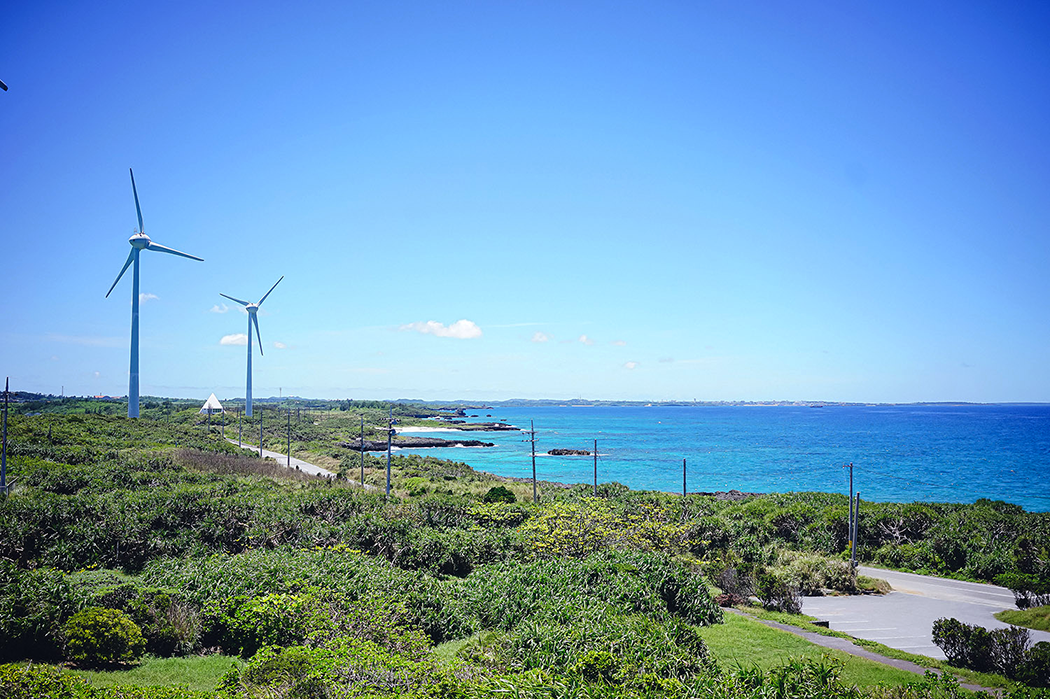
A new Island frequency management guide from PXiSE discusses issues and solutions related to islands and electrically islanded grids that are trying to decarbonize their grids by adding more renewable generation sources. When these islands introduce intermittent power sources like solar PV and wind, they can have destabilizing effects on grid frequency, leading to frequency fluctuations and under frequency load shedding (UFLS) events.
Larger grids typically don’t grapple with the same impacts from intermittency because they tend to have high inertia that can more easily absorb power fluctuations. However, when these larger grids approach a saturation of 30% renewable generation sources, they too need solutions to help smooth renewable power production intermittency.
In contrast, even a small amount of intermittent power production can impact a low-inertia Island system. Islands require fast-acting solutions that respond in five seconds or less to rebalance the system. Solutions using inverter-based resources exist today and can help islands maintain grid stability in the face of adding more renewable generation. These solutions can also be scaled to apply to larger grids, effectively placing islands at the forefront of solving some of the toughest challenges of the 21st century grid.

